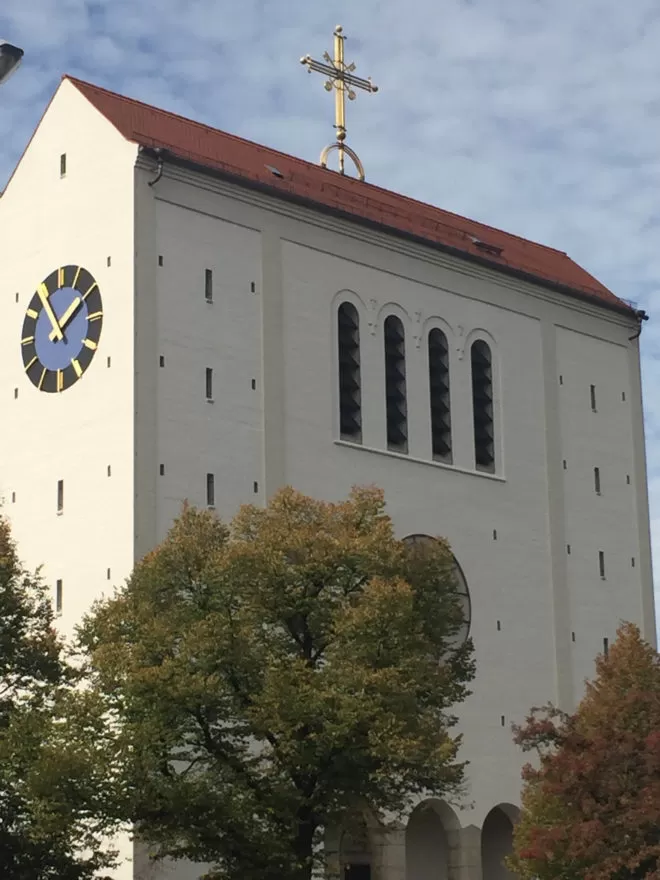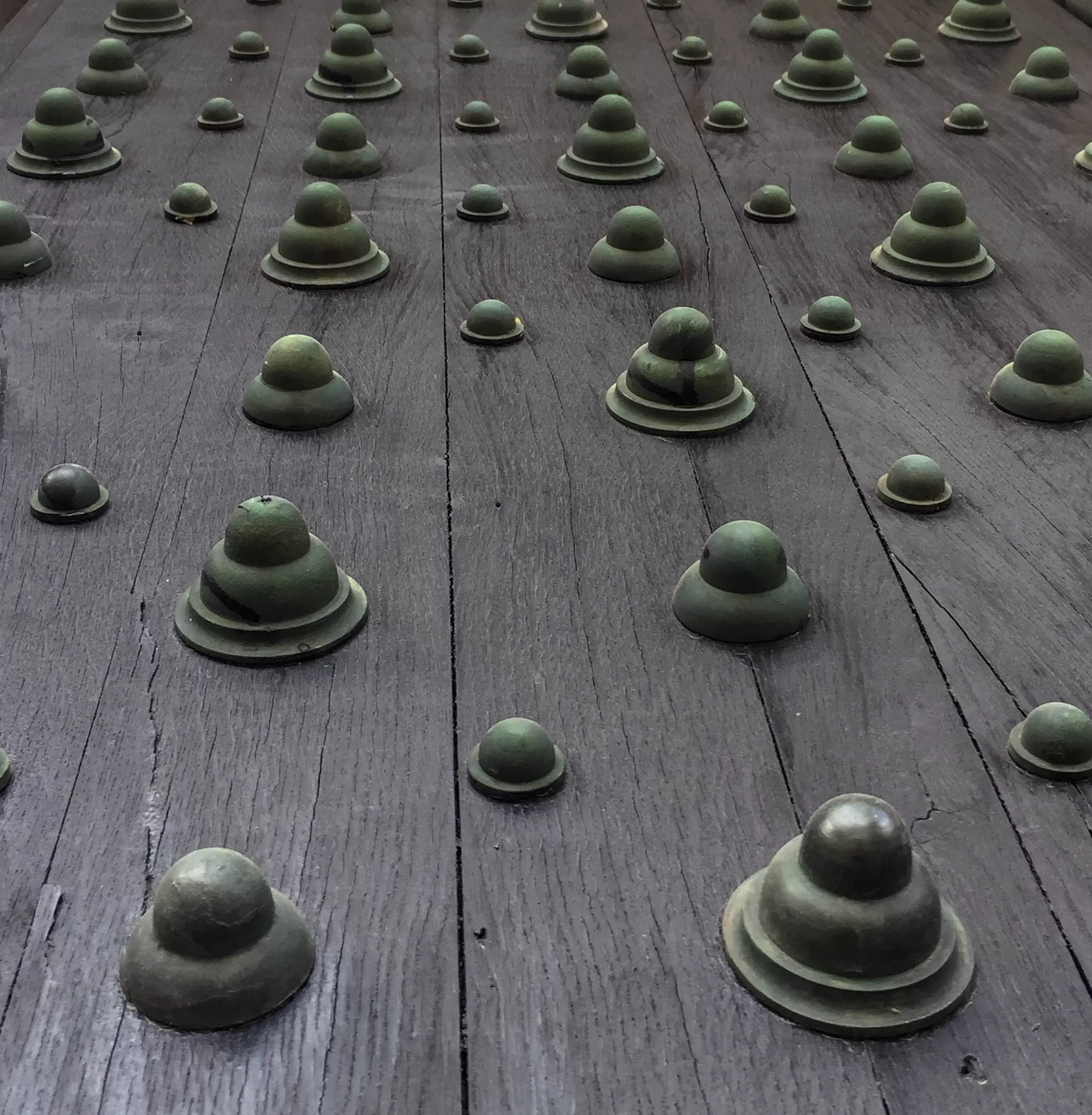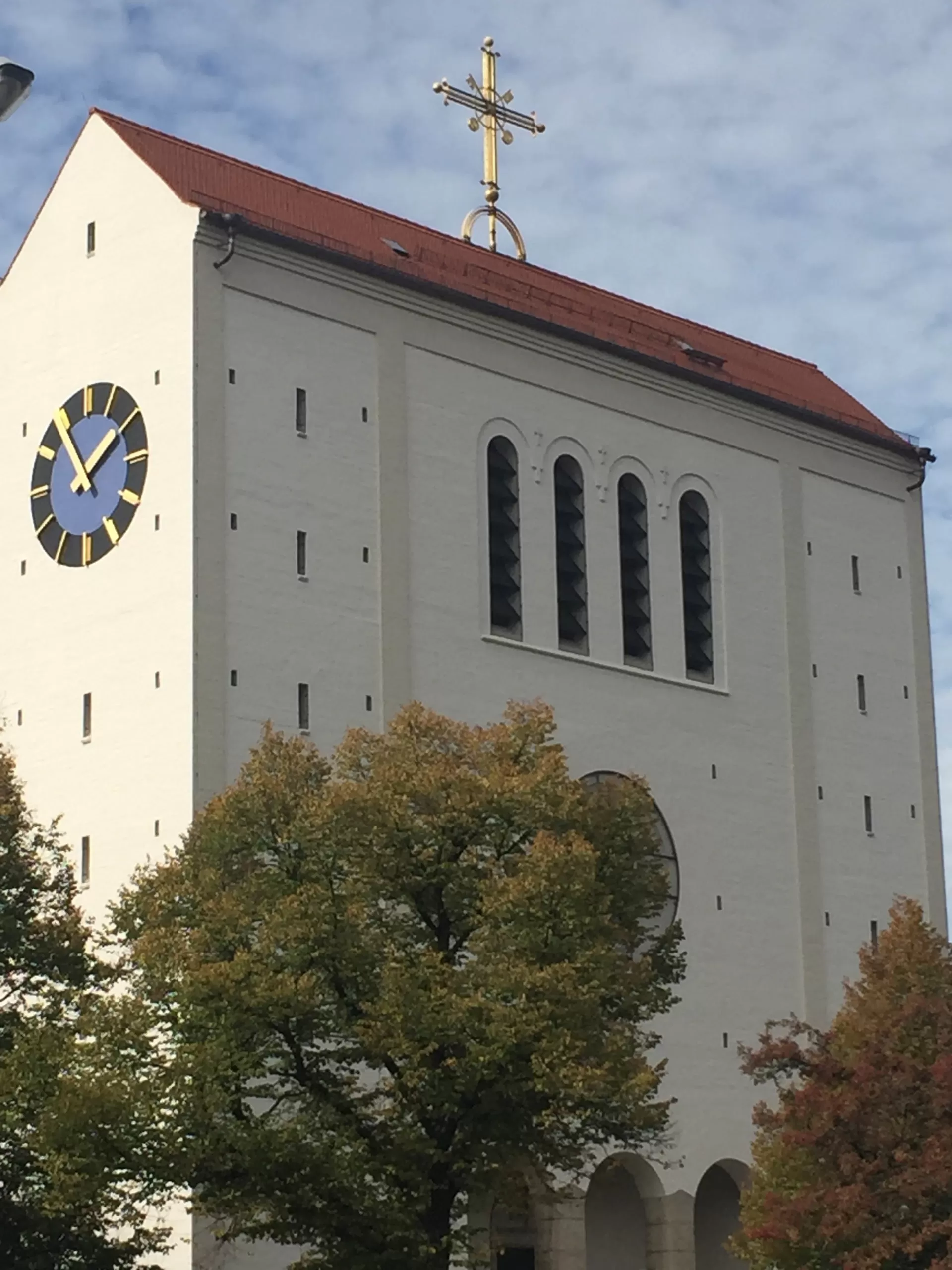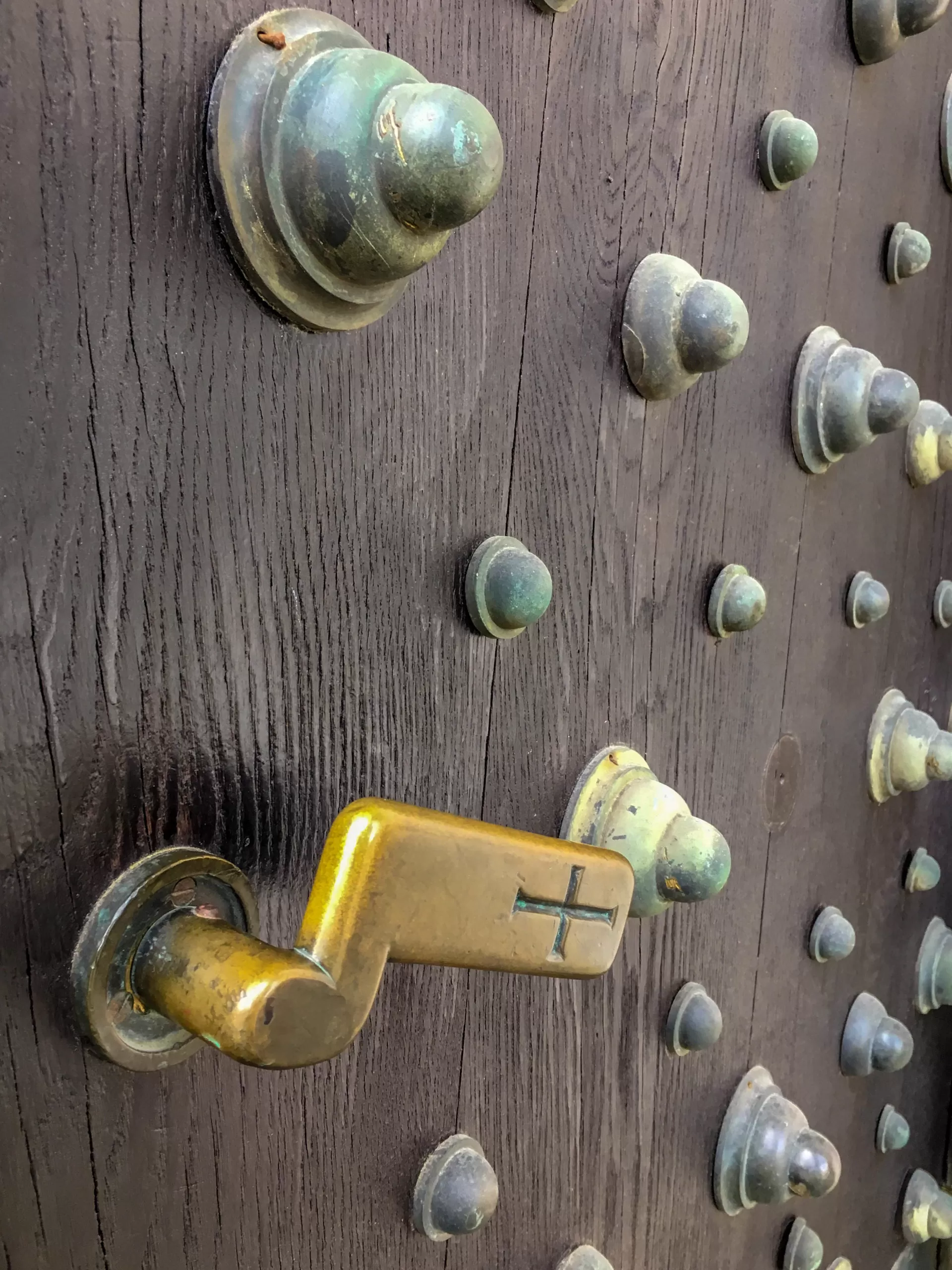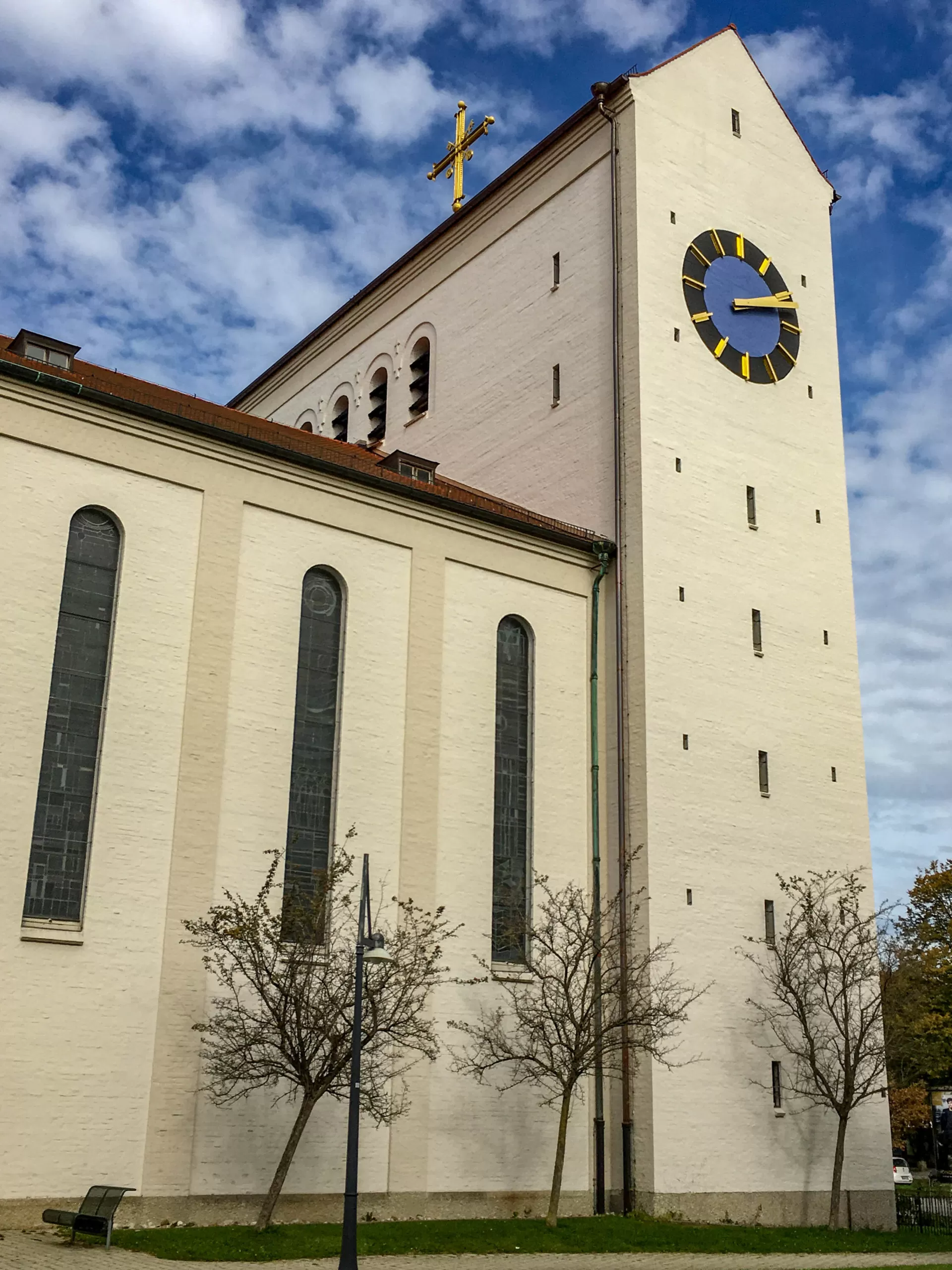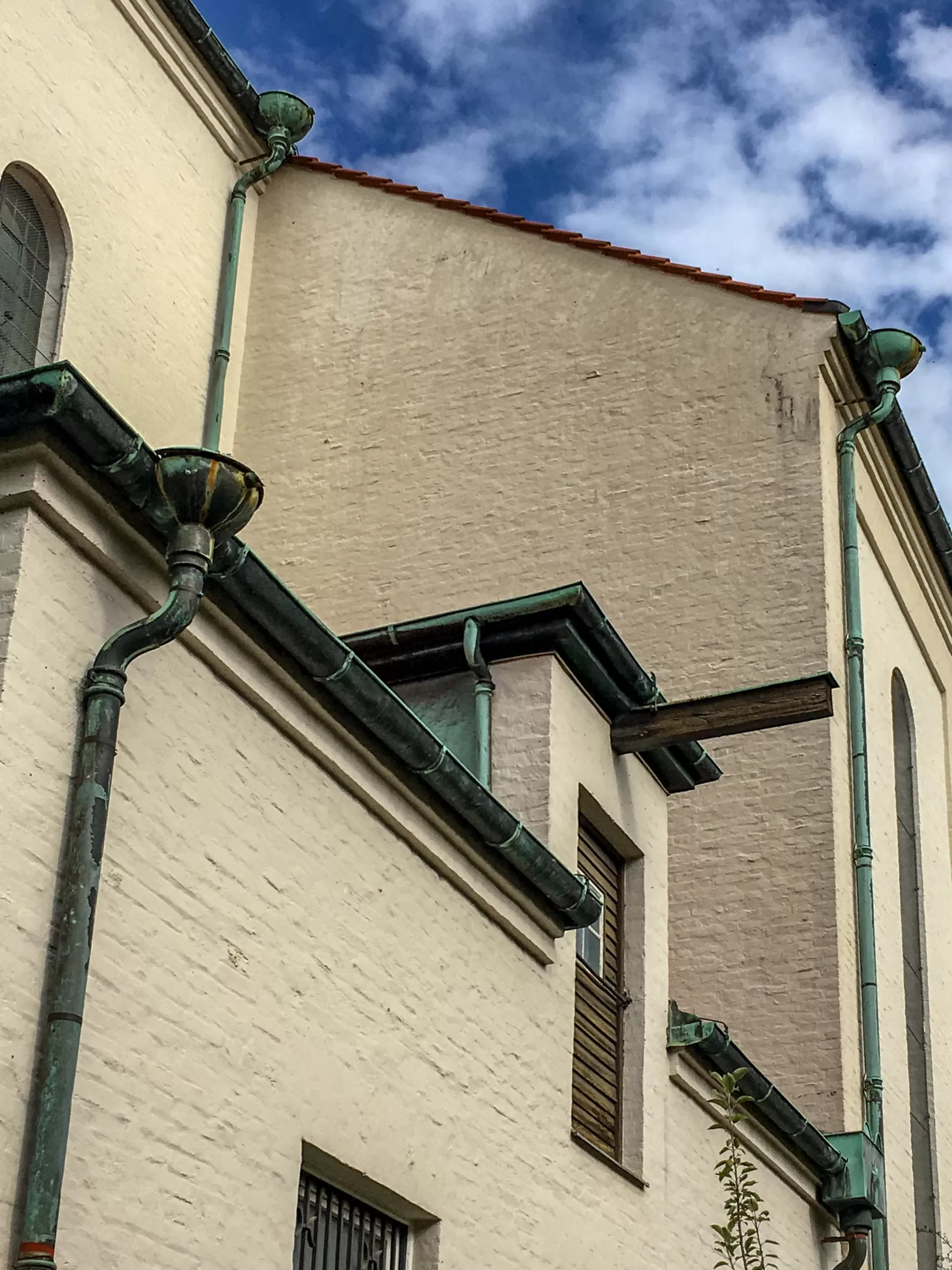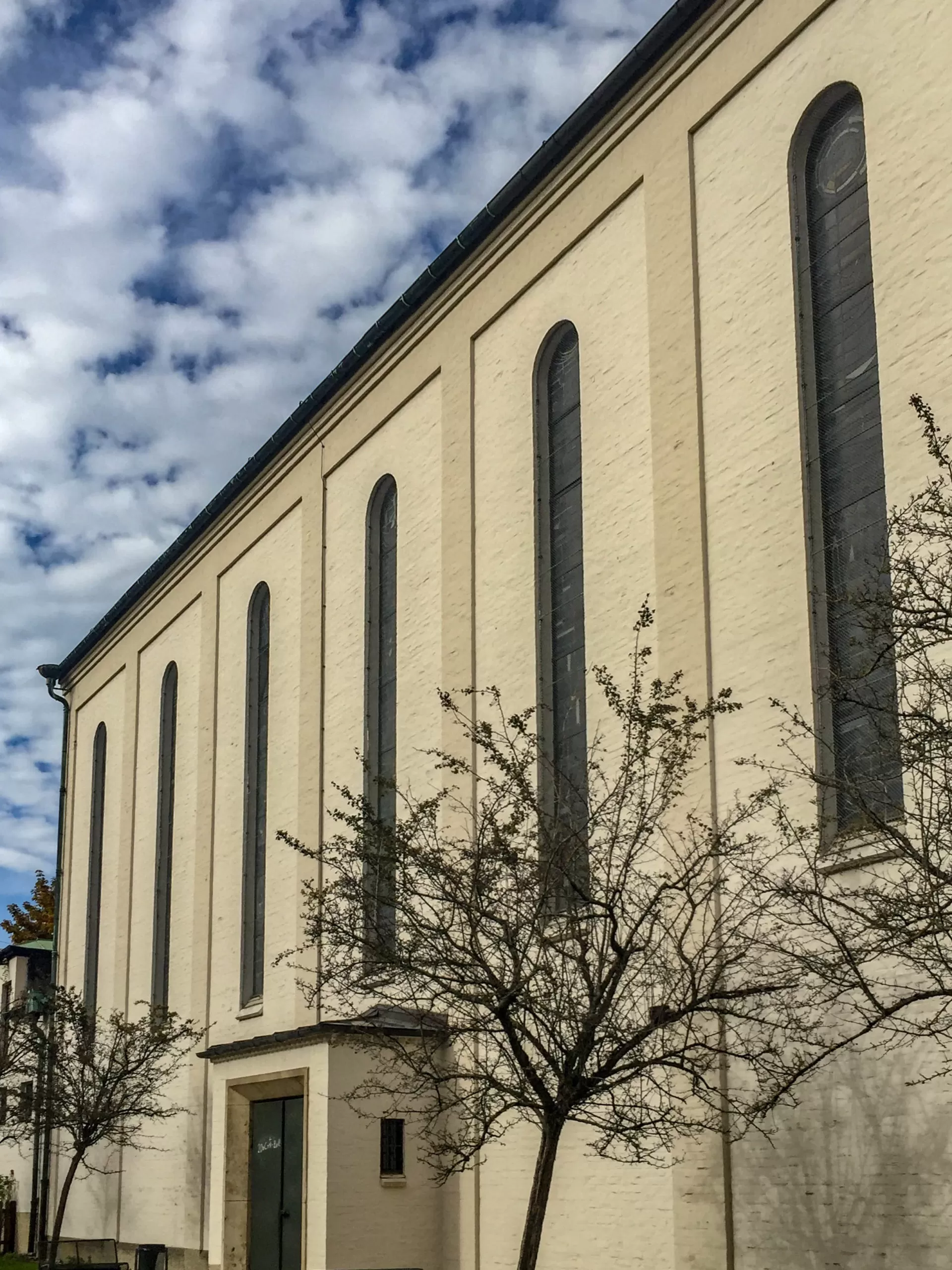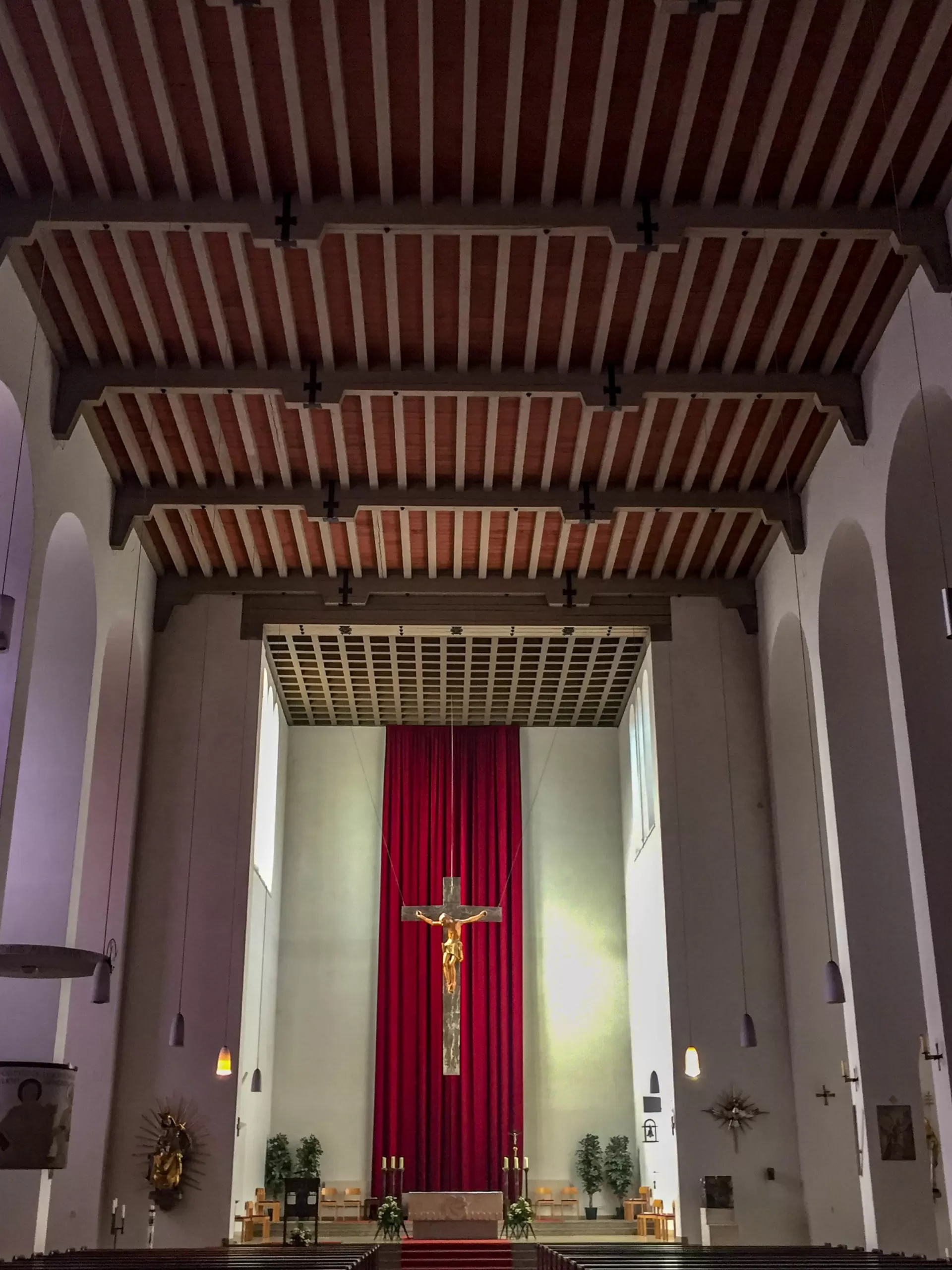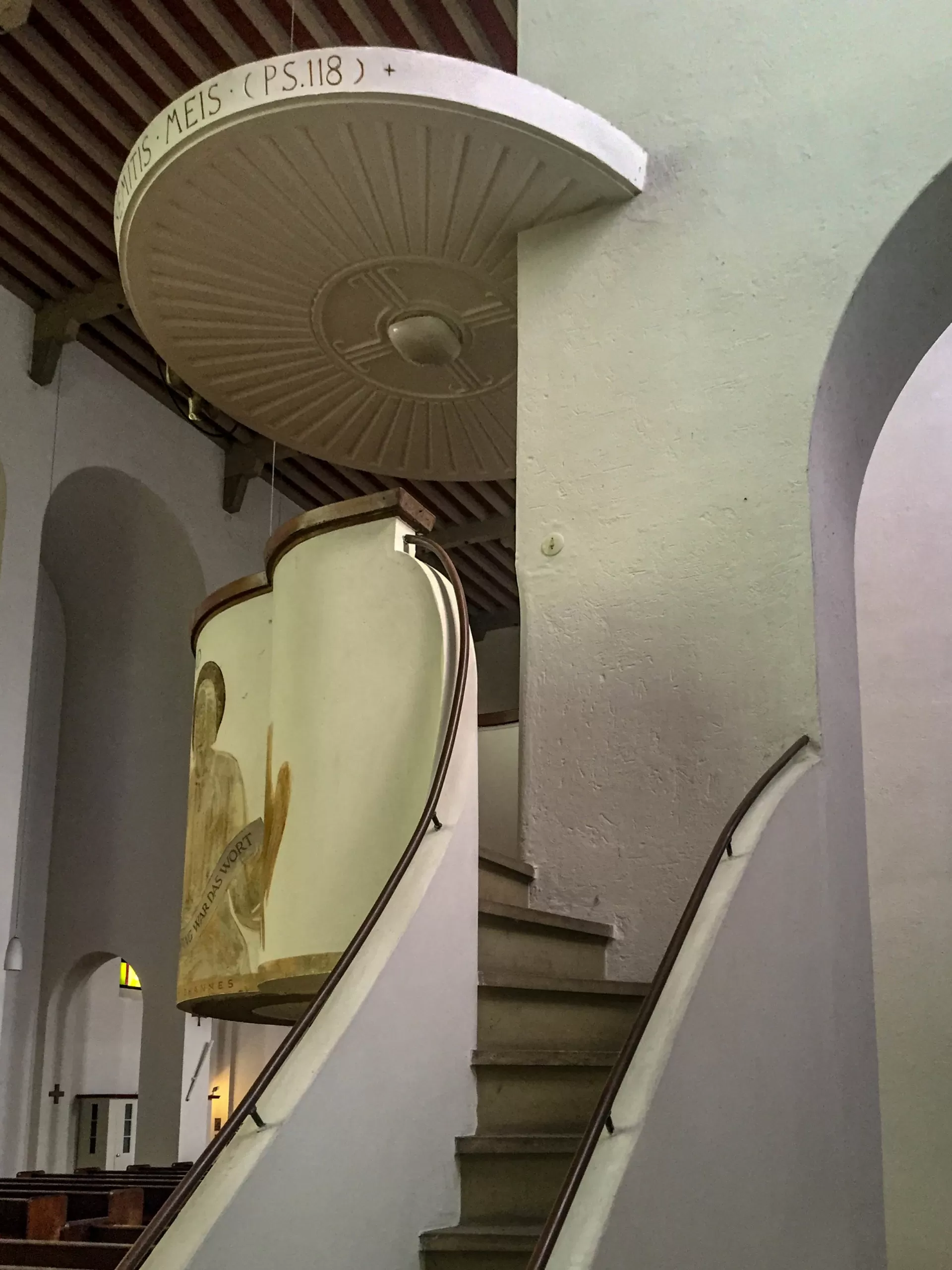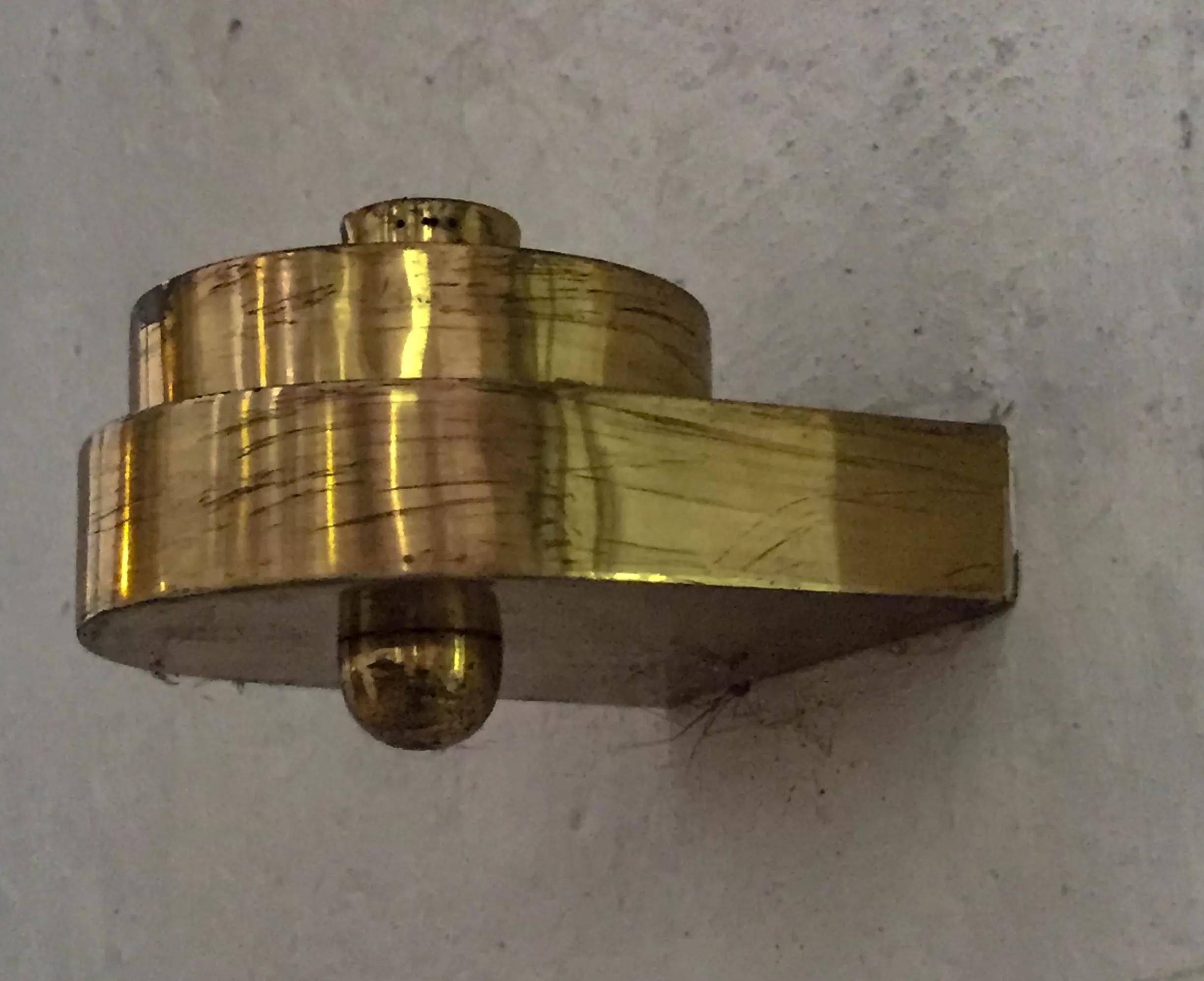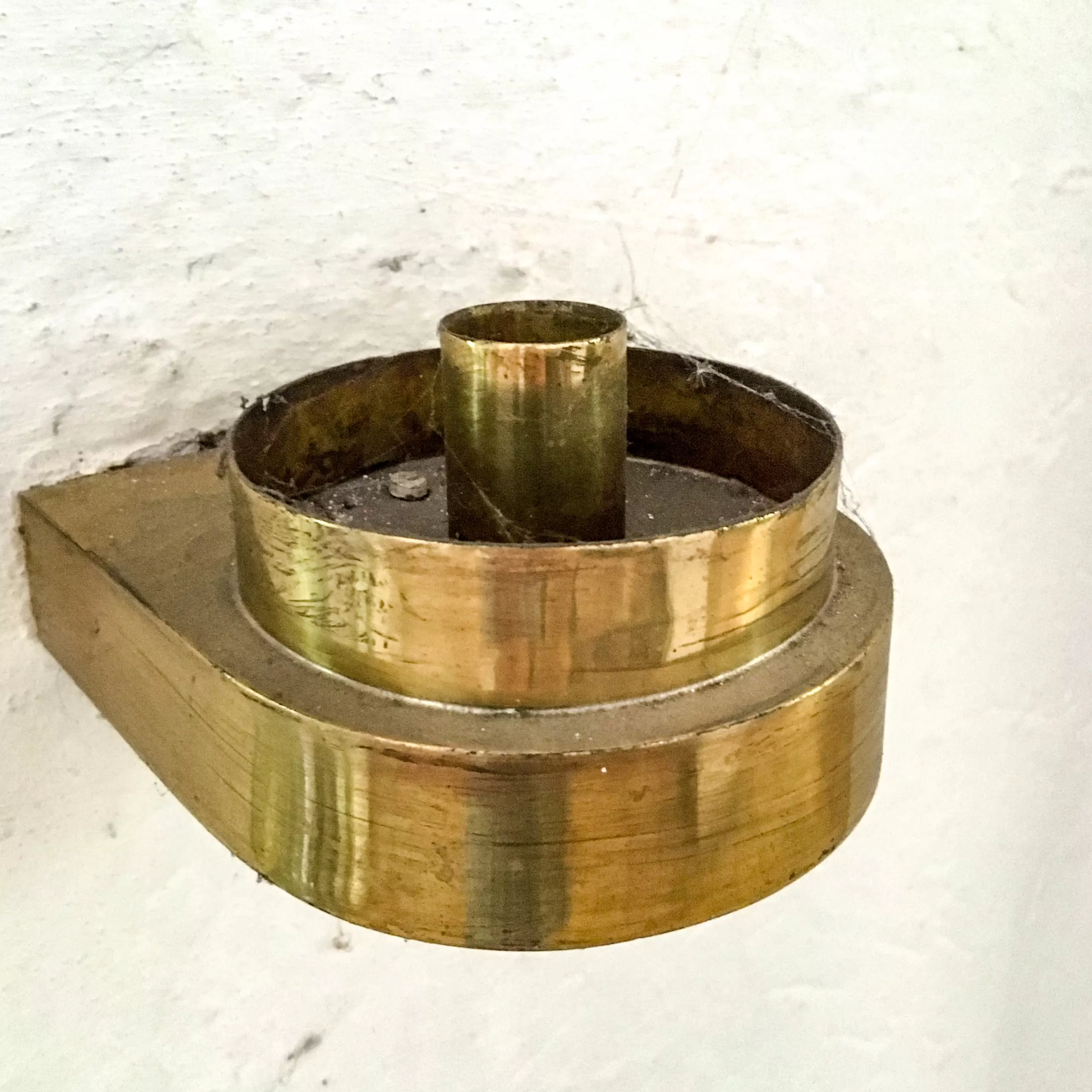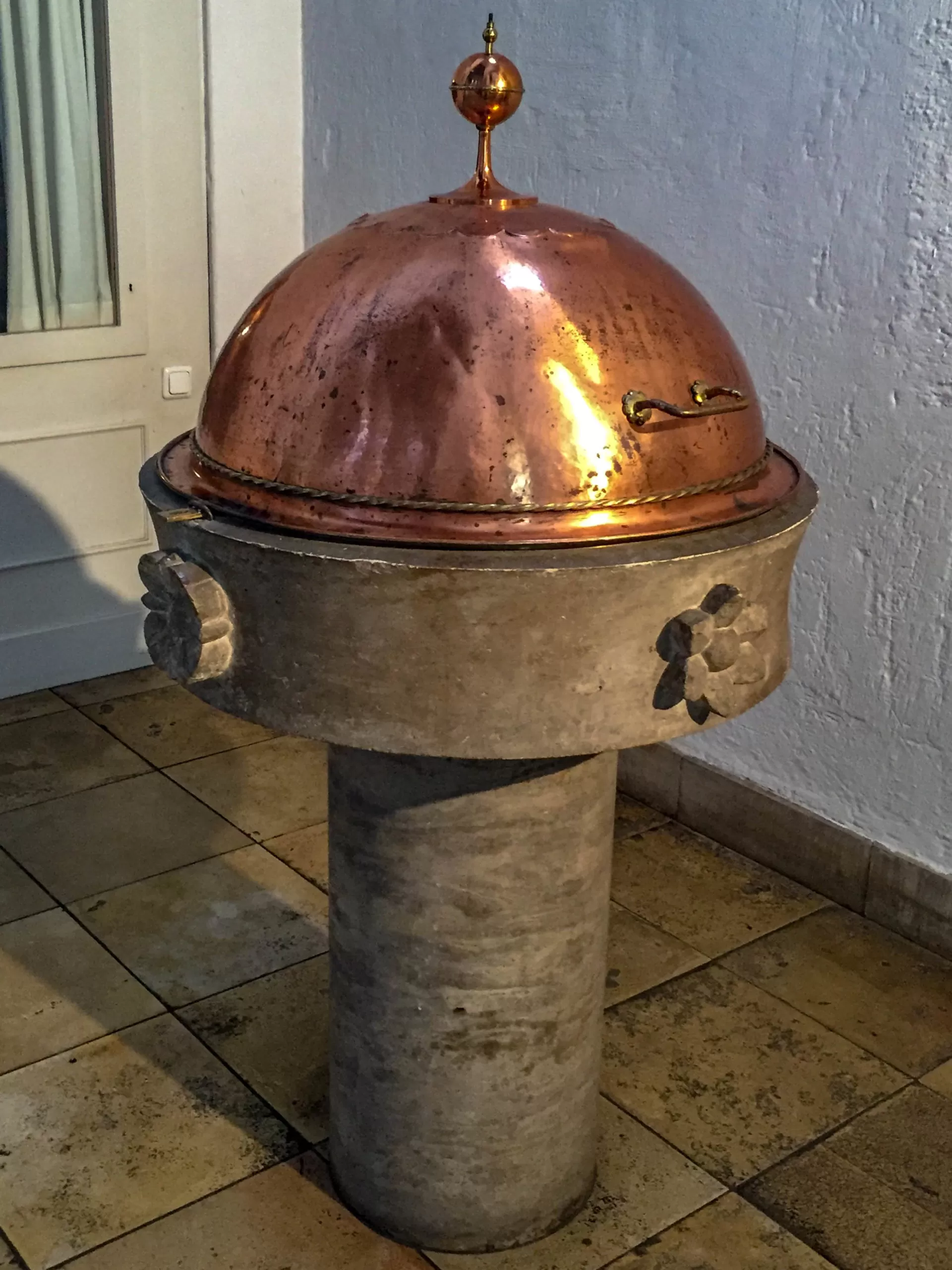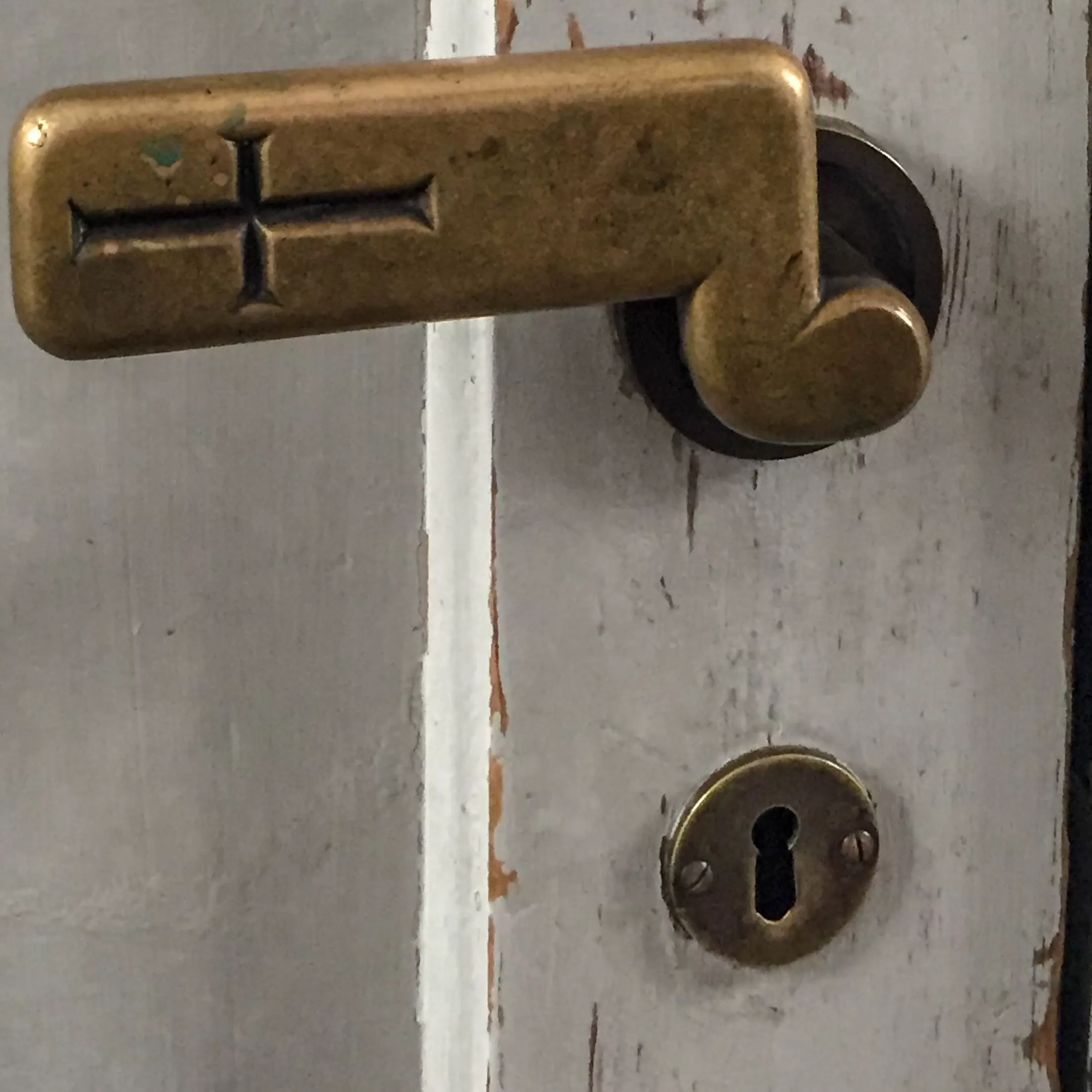1931 – 1932
Architect: Richard Berndl
Piusstraße 7, Munich, Germany
Sankt Pius is a listed Roman Catholic parish church in the Berg am Laim district of Munich, which belongs to the Munich-Perlach deanery.
Built between 1931 and 1932 according to plans by Richard Berndl, the church is one of the sacred buildings of early modernism in southern Germany.
Neuramersdorf
The planning for the construction of the church was connected with the planning of the large housing estate Neuramersdorf.
Richard Berndl was both the architect of the church and significantly involved in the planning for the new settlement.
Sankt Pius
The foundation stone for St. Pius was laid on June 28, 1931.
On April 4, 1932, it was consecrated by Cardinal Michael von Faulhaber.
The church is a washed brick building with a monumental, eaves-side facade block and an open portal vestibule.
Interior
Inside, St. Pius presents itself as a simple pilaster church with a wooden ceiling and a flat chancel with echoes of New Building.
Originally, there was a large fresco of the enthroned Christ by Ludwig Magnus Hotter in the chancel. In the nave there were frescoes of the twelve apostles.
Today, only the four evangelists on the pulpit, also by Hotter, still bear witness to these works.
Artworks
The fourteen Stations of the Cross, painted on copper plates on the pillars of the nave, are designs by the artist Albert Figel.
The wood carvings, including the large cross in the sanctuary, are by Josef Henselmann.
The bronze work, the tabernacle, the ambo with the teaching Christ and the six candlesticks were designed by the sculptor Max Faller.
Windows
The colored glass windows from the sixties are designs of the painter Wilhelm Braun, which were executed by the company Gustav van Treeck Werkstätten für Mosaik und Glasmalerei.
Destruction and Reconstruction
On July 12, 1944, the church was severely damaged by bombing, and the adjacent rectory was completely destroyed.
After the war, reconstruction began. In 1950 the parsonage was ready for occupancy again.

